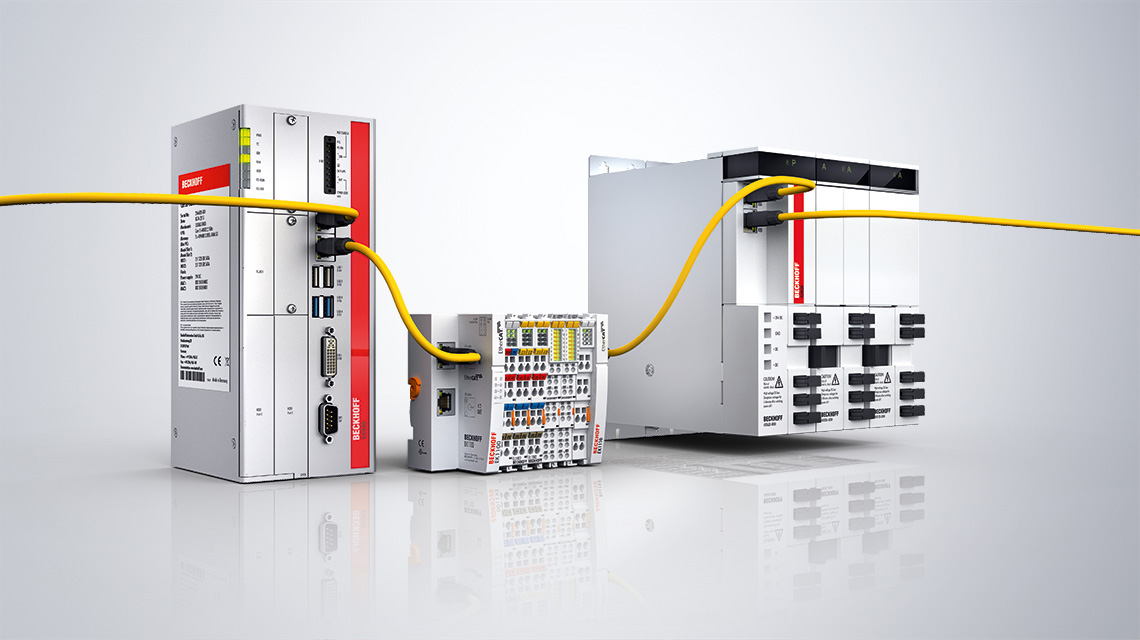Posted on 29th Aug 2024

In the ever-evolving landscape of industrial automation, Ethernet-connected Variable Frequency Drives (VFDs) are making significant strides. These advanced devices are not just enhancing motor control but also streamlining operations through robust networking capabilities. This article delves into the essentials of Ethernet-connected VFDs, exploring their advantages, applications, and future potential.
A Variable Frequency Drive (VFD) is a type of electronic controller used to manage the speed and torque of an electric motor by varying the frequency and voltage supplied to the motor. Traditionally, VFDs were standalone units with limited communication capabilities. However, with the integration of Ethernet technology, these drives have evolved to become central components in modern automation systems.
Ethernet connectivity brings a new dimension to VFDs, transforming them from isolated devices into integral parts of a networked control system. By leveraging Ethernet, VFDs can communicate in real-time with other devices, controllers, and systems over a standard network infrastructure. This integration offers several key benefits:
Enhanced Communication and Control: Ethernet-connected VFDs enable seamless communication with programmable logic controllers (PLCs), Human-Machine Interfaces (HMIs), and other networked devices. This real-time data exchange facilitates more precise control over motor operations and enables more sophisticated control strategies.
Remote Monitoring and Diagnostics: One of the most significant advantages of Ethernet connectivity is the ability to remotely monitor and diagnose VFDs. Technicians and engineers can access performance data, troubleshoot issues, and perform maintenance tasks from anywhere with network access. This capability reduces downtime, lowers maintenance costs, and enhances overall system reliability.
Data Integration and Analysis: Ethernet-connected VFDs can feed operational data into broader industrial networks, where it can be analyzed to optimize performance. Integration with data analytics platforms allows for predictive maintenance, performance benchmarking, and energy efficiency improvements.
Scalability and Flexibility: Ethernet networking supports scalability, making it easier to add new VFDs or integrate them with other systems as needs evolve. This flexibility is crucial for adapting to changing production requirements or expanding operations.
Ethernet-connected VFDs are versatile and can be applied in various industries and settings:
Manufacturing: In manufacturing plants, Ethernet-connected VFDs are used to control conveyor belts, pumps, and fans. The ability to communicate with other system components ensures smooth operation and coordination across the production line.
Building Automation: For HVAC systems in commercial buildings, Ethernet-connected VFDs regulate air handling units and pumps, optimizing energy use and maintaining comfort levels while integrating with building management systems.
Water and Wastewater Treatment: These VFDs manage pumps and blowers in water treatment facilities, where real-time data and remote access can significantly enhance operational efficiency and response times.
Energy Management: In energy-intensive operations, Ethernet-connected VFDs help manage power consumption, contributing to overall energy savings and sustainability goals.
As technology continues to advance, Ethernet-connected VFDs are expected to become even more sophisticated. Future developments may include:
Integration with Industrial IoT: The Internet of Things (IoT) will drive further integration of VFDs into smart manufacturing ecosystems, enabling more granular control and data-driven decision-making.
Enhanced Cybersecurity: As network-connected devices become more prevalent, robust cybersecurity measures will be critical to protect VFDs from potential threats.
Advanced Analytics and AI: Artificial intelligence and machine learning will enhance predictive maintenance capabilities, offering deeper insights into motor performance and operational trends.
Ethernet-connected Variable Frequency Drives represent a significant leap forward in motor control technology. By harnessing the power of Ethernet networking, these drives offer enhanced communication, remote monitoring, and data integration, driving greater efficiency and flexibility in industrial operations. As industries continue to embrace digital transformation, the role of Ethernet-connected VFDs will undoubtedly expand, paving the way for smarter, more connected manufacturing environments.
For companies looking to optimize their motor control systems, investing in Ethernet-connected VFDs is a forward-thinking choice that aligns with the future of industrial automation.